Farming in the U.S. is no walk in the park. While you might picture fields of golden wheat swaying gently in the breeze, the reality is a lot more challenging. From unpredictable weather to fluctuating market prices, farmers are facing a slew of obstacles that can make their livelihoods seem like a never-ending uphill battle. Here are 13 brutal challenges that are keeping American farmers on their toes.
1. Unpredictable Weather Changes

You can’t talk about farming these days without bringing up climate change. It’s altering weather patterns, making it tough to predict when to plant and harvest. A report from the National Oceanic and Atmospheric Administration highlights that increased temperatures and changing precipitation patterns are already impacting crop yields. As a farmer, adapting to these changes isn’t just a good idea—it’s becoming an essential part of the job.
The uncertainty of Mother Nature’s whims means your growing season can shift dramatically. You may find yourself dealing with unexpected droughts one year and massive floods the next. These irregularities can devastate crops and make it difficult to maintain a steady income. Ultimately, climate change is forcing farmers to rethink traditional farming methods in favor of more resilient practices.
2. Labor Shortages
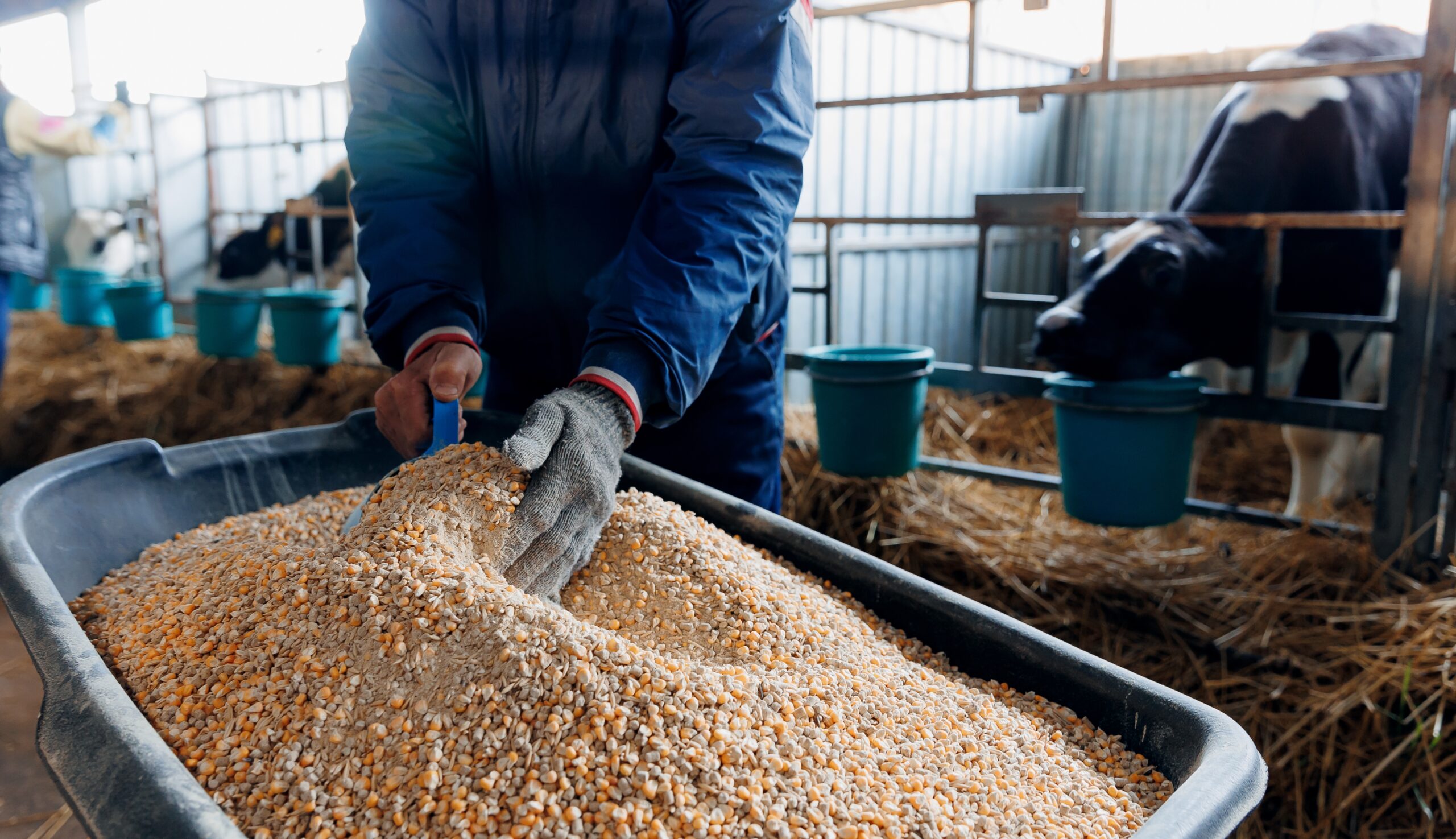
Finding enough hands to work the fields has become a serious issue for many farmers. The agricultural industry relies heavily on seasonal workers, but a mix of immigration policies and rural depopulation is making it hard to fill positions. As a result, farms are often understaffed during critical periods, impacting productivity and profitability. Without enough workers, you might struggle to get crops out of the ground and to the market on time.
Hiring local workers isn’t always feasible either, as fewer young people are choosing farming as a career. This generational shift means that farms have to compete with other industries for labor, often with less competitive wages. You may find yourself spending more on wages or resorting to costly mechanization to meet labor demands. It’s a tough scenario that doesn’t seem to have a quick fix.
3. Trade Uncertainties

Global trade policies can be as unpredictable as the weather, adding a layer of complexity for farmers who depend on international markets. Tariffs and trade agreements can shift rapidly, affecting commodity prices and market access. According to a study by the American Farm Bureau Federation, recent trade disputes have led to a loss of export markets for key crops like soybeans and corn. This puts pressure on farmers to find alternative markets or face significant financial losses.
It’s not just about finding new buyers; the ripple effect can impact supply chains and domestic prices as well. A sudden change in trade policies can lead to an oversupply of certain crops, driving prices down and squeezing profit margins. For farmers, keeping an eye on international relations is now as crucial as monitoring the weather. The stakes are high, and there’s no telling when the market might shift.
4. Rising Costs

The price of nearly everything is going up, and farming is no exception. From seeds and fertilizer to fuel and equipment, the costs associated with running a farm continue to climb. You’re likely feeling the pinch, as each increase eats away at already thin profit margins. It’s a challenge to balance these rising expenses while still maintaining a viable business model.
Cutting corners isn’t always an option, as quality can suffer, impacting your bottom line even further. As a farmer, you must constantly seek efficiencies and innovations to manage expenses effectively. Whether it’s investing in technology or exploring alternative farming practices, the goal is to spend smarter, not harder. Yet, with each passing season, the cost of farming seems to climb ever higher.
5. Water Shortages

Managing water resources is becoming increasingly critical, especially in drought-prone areas. The U.S. Geological Survey notes that agriculture accounts for about 80% of the nation’s consumptive water use. So, when water becomes scarce, farmers are among the first to feel the crunch. It’s a delicate balance between conserving water and ensuring your crops get enough to thrive.
Irrigation systems can be a lifesaver, but they come with their own set of costs and infrastructure challenges. You might find yourself investing in more efficient irrigation technologies or switching to less water-intensive crops. Either way, water management is a key consideration that can make or break a growing season. In a world where every drop counts, mastering this aspect of farming is more crucial than ever.
6. Soil Degradation
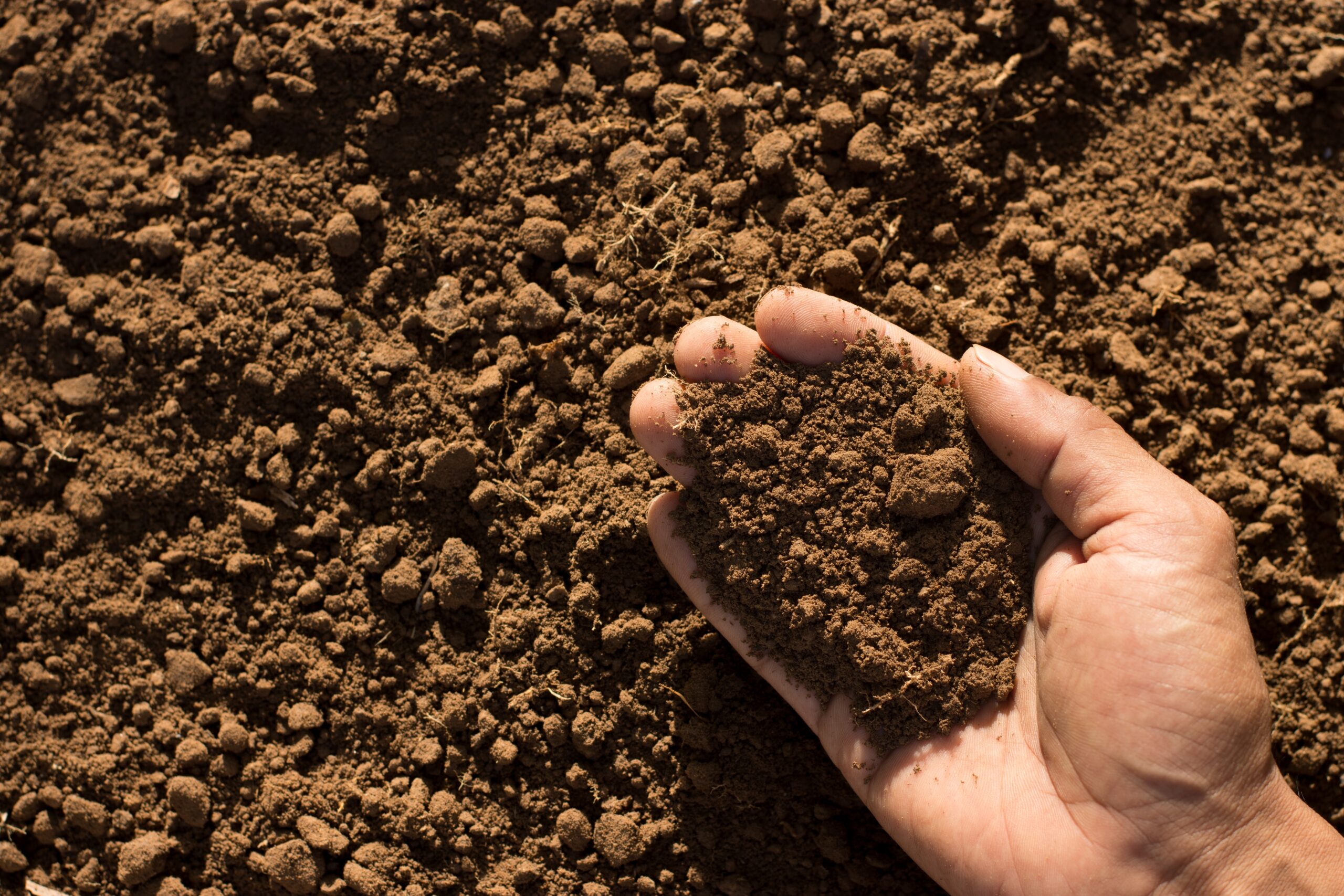
Healthy soil is the cornerstone of successful farming, but it’s a resource that’s often taken for granted. Over time, repeated planting and chemical use can lead to soil degradation, reducing its fertility and productivity. This is more than just a technical issue—it’s a long-term threat to the sustainability of farming itself. Without fertile soil, growing crops becomes an uphill battle.
Addressing this challenge means rethinking some deeply ingrained farming practices. You might need to incorporate crop rotation, cover cropping, or reduced tillage to improve soil health. These practices can help maintain soil structure and enhance its nutrient content. It’s not just about conserving what you have; it’s about actively improving it for future generations.
7. Pest And Disease Management
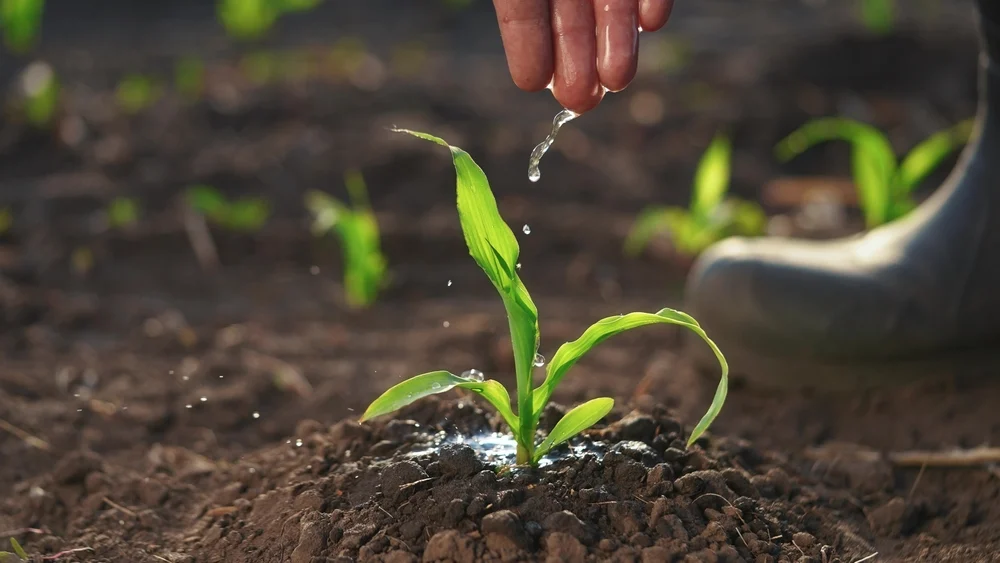
Pests and diseases are an ever-present threat to crops, and they’re getting harder to manage. Evolving pest resistance and the introduction of new diseases mean that traditional methods are often less effective. Research from the University of California, Davis, highlights the need for integrated pest management strategies that go beyond chemical controls. This means you must be proactive in monitoring and mitigating these threats.
Advanced technologies like precision agriculture can help, offering targeted solutions to specific problems. Yet, it’s an ongoing battle that requires vigilance and adaptability. As a farmer, you need to stay informed about emerging threats and adjust your strategies accordingly. It’s a complex game of chess against nature, where every move counts.
8. Market Volatility
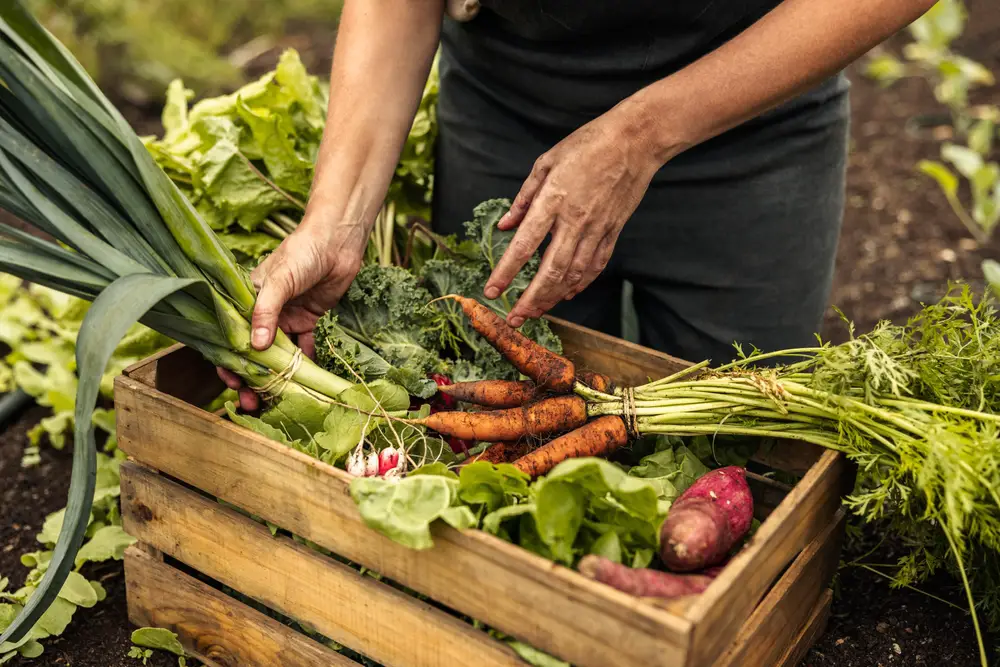
Market volatility is another reality that farmers must grapple with. Prices for crops and livestock can fluctuate wildly due to a myriad of factors, including weather events, global demand, and economic shifts. This unpredictability makes it difficult to plan financially, as income can vary significantly from year to year. You never quite know what the market will do next.
To mitigate these risks, some farmers turn to futures contracts or other financial instruments, but these come with their own set of challenges and risks. Diversifying crops or livestock can also help, but this requires careful planning and execution. Ultimately, navigating market volatility is about staying informed and adaptable. It’s a constant dance of adjusting your strategies to align with ever-changing conditions.
9. Technological Challenges

While new technology promises to revolutionize farming, adopting it can be a daunting task. The learning curve and initial investment can be significant barriers for many farmers. Whether it’s drones, sensors, or data analytics, incorporating tech into your operations requires time, money, and a willingness to adapt. But the potential benefits, such as increased efficiency and reduced costs, make it an attractive option.
The challenge lies in determining what’s worth the investment and what might become just another expense. Technology can certainly streamline operations, but it can also become obsolete quickly, requiring constant updates and training. As a farmer, you need to balance the allure of cutting-edge tools with the practicalities of their application. It’s a juggling act that requires careful consideration.
10. Regulatory Hurdles
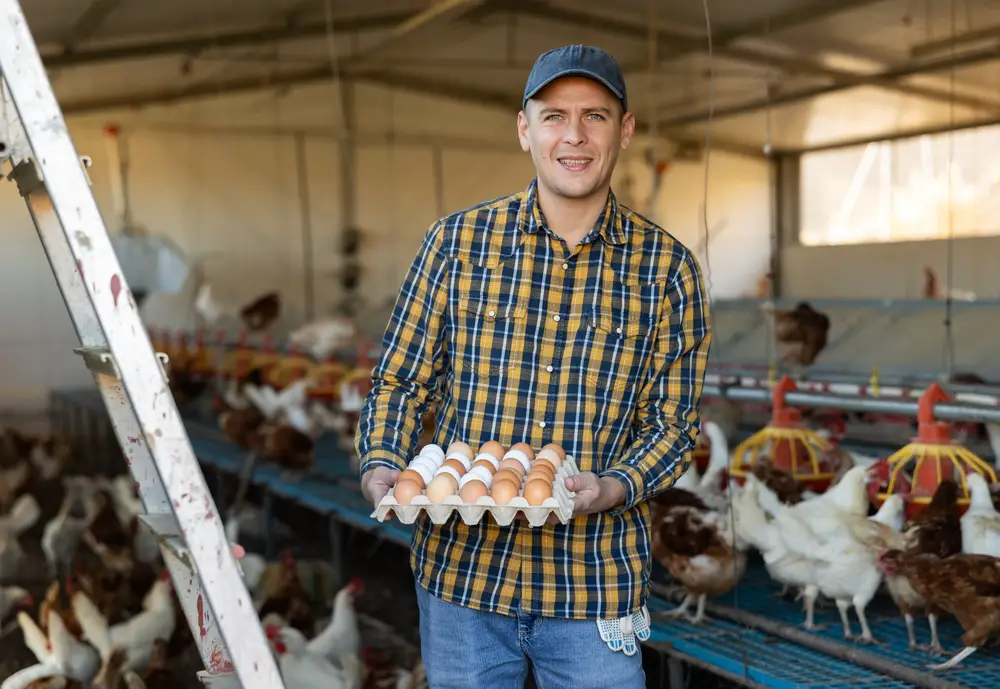
Navigating the labyrinth of agricultural regulations is no small feat. From environmental rules to labor laws, the amount of red tape can be overwhelming. You must stay up-to-date with ever-changing policies, which can be a job in itself. Compliance is not optional, and failing to meet regulations can result in hefty fines or even operational shutdowns.
These regulations are designed to protect the environment and workers, but they can feel like an additional burden. Farmers often find themselves caught between adhering to these rules and trying to run a profitable operation. Keeping abreast of changes and implementing necessary adjustments can be a significant drain on time and resources. It’s a delicate balance between doing what’s right and doing what’s necessary for survival.
11. Financial Threats
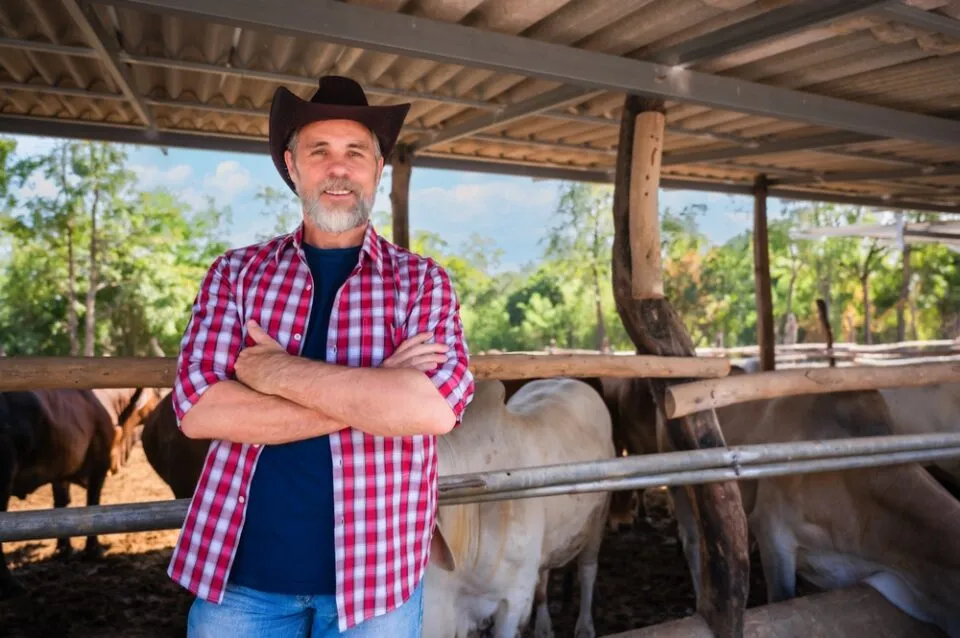
Securing capital is a perennial challenge for farmers, especially for those just starting out. Agricultural operations require significant upfront investment, and obtaining loans can be difficult. Financial institutions often view farming as a high-risk venture, making it hard to access the funds you need. Without adequate capital, expanding operations or investing in necessary improvements becomes a distant dream.
Creative financing solutions, like cooperative lending or government grants, can help but often come with strings attached. You need to be savvy about finding the right financial mix that aligns with your goals and risk tolerance. It’s a constant quest to balance immediate needs with long-term sustainability. Navigating the financial landscape requires persistence, knowledge, and sometimes a bit of luck.
12. Changing Consumer Preferences
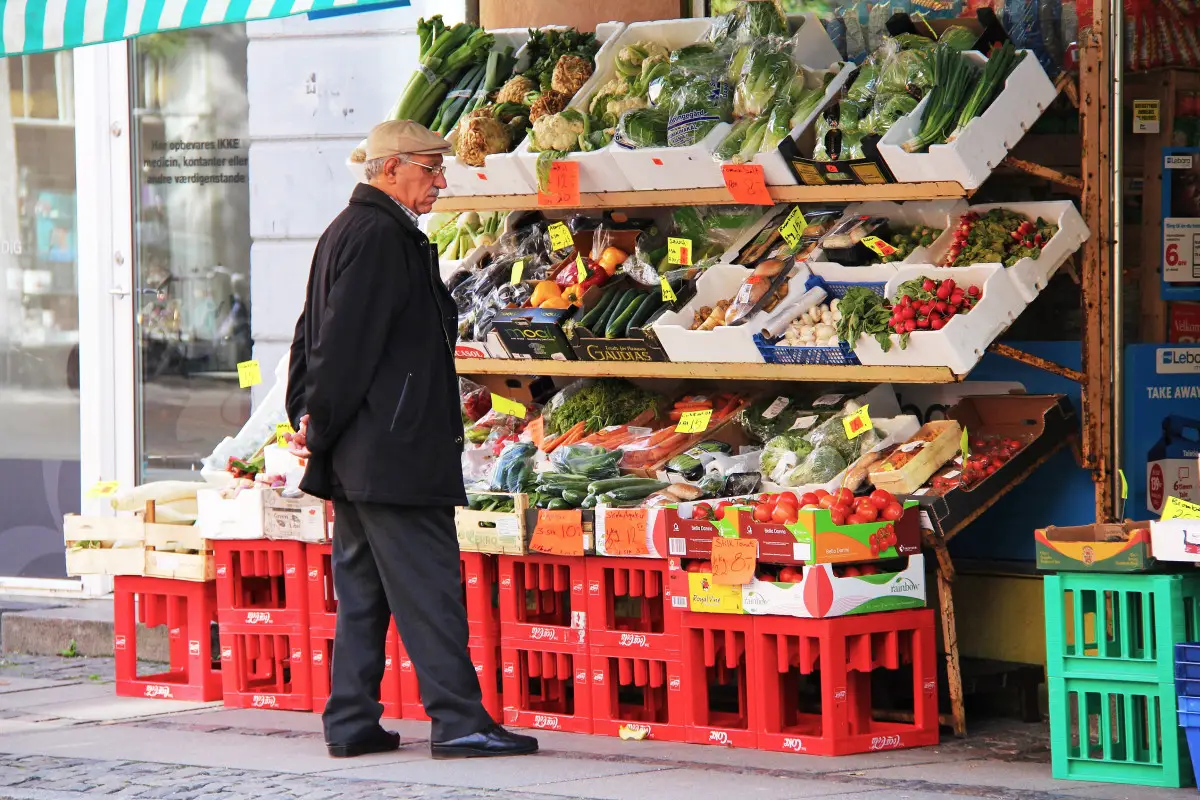
Changing consumer preferences can dictate what you grow and how you market it. As more people look for organic or sustainably sourced food, farmers must adapt to meet these demands. This often requires changing farming practices, which can be both costly and time-consuming. Understanding consumer trends is now as crucial as understanding soil and weather conditions.
Marketing directly to consumers through farmers’ markets or online platforms can offer new opportunities but comes with its own set of challenges. You need to wear many hats—farmer, marketer, and sometimes even delivery driver. It’s a shift from traditional wholesale methods and requires a willingness to engage with end-users directly. In the end, staying connected to consumer preferences can open new doors but requires a flexible approach.
13. Mental Health Struggles

Farming is not just physically demanding; it’s mentally taxing as well. The stress of managing all these challenges can take a toll on mental health. It’s a reality that often goes overlooked, yet it’s crucial to address. As a farmer, finding ways to manage stress and seek support when needed is vital for both your well-being and that of your farm.
Communities and support networks can offer valuable resources, but reaching out can sometimes feel like a challenge in itself. The stigma around mental health issues can make it difficult to seek help. However, recognizing the importance of addressing mental well-being is a step towards a more sustainable future. It’s a reminder that taking care of yourself is just as important as taking care of your land.
